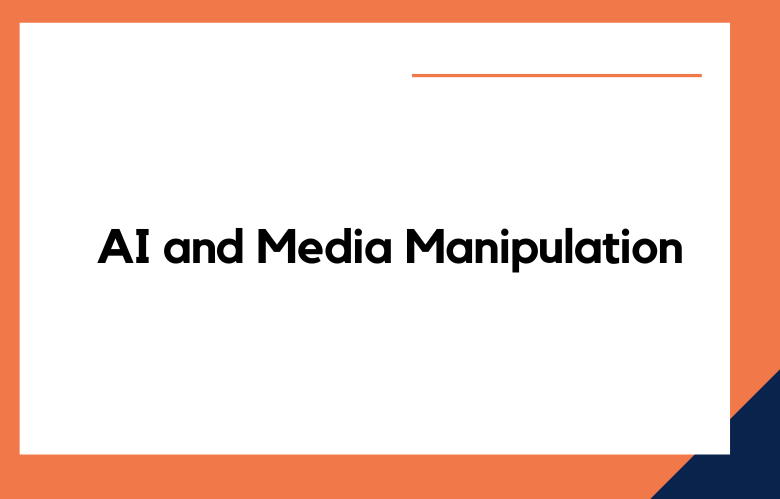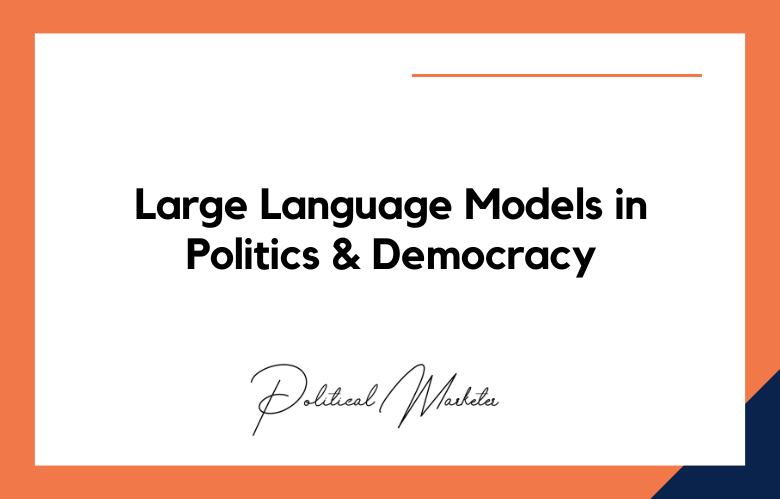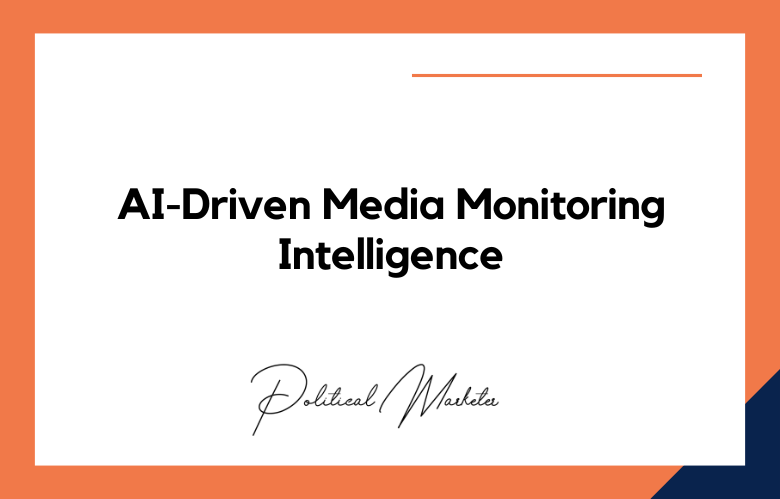Artificial Intelligence (AI) has revolutionized many industries and has drastically changed how people interact with technology. However, a new concern has arisen with integrating AI in the media – manipulation. Media manipulation is not a new concept – it has been around for years. However, the integration of AI has complicated things, making it easier for people to produce fake content without getting caught. We will discuss the dangerous liaison between AI and media manipulation.
AI has made it easier to create fake content, such as deepfakes and manipulated videos or images that are difficult for the human eye to detect. Deepfakes can be used for various purposes, from entertainment to propaganda.
They can be used to spread false information, manipulate election results, and scam people. The more advanced AI technologies become, the more sophisticated deepfakes will become, making detecting them even more difficult.
Mind Games: Unraveling the AI’s Dangerous Link to Media Manipulation
Artificial intelligence (AI) has transformed the world of technological advancements, creating new possibilities in various fields such as medicine, finance, and entertainment. However, this powerful technology has also been linked to media manipulation, seriously threatening democracy and public discourse. Recently, there has been a growing concern over using AI algorithms to spread fake news, disinformation, and propaganda.
The danger lies in the fact that these algorithms are designed to learn and adapt based on user interactions, which could lead to a vicious cycle of spreading misinformation. As people engage with the content, the algorithms know what information will catch people’s attention and then generate more of the same content. This creates a feedback loop that reinforces false or misleading information distribution.
AI Altered Reality: The Perilous Alliance with Media Manipulation
The advent of Artificial Intelligence has revolutionized the way we interact with technology. However, this new technology has also brought a dangerous alliance with media manipulation that threatens to undermine our ability to differentiate between fact and fiction. This is particularly concerning given the exponential growth of social media platforms, which have become breeding grounds for misinformation and manipulated content.
One of the main challenges of AI-altered reality is that it is becoming increasingly difficult to distinguish between authentic and manipulated content. AI algorithms have become so advanced that they can now create images and videos virtually indistinguishable from reality.
For instance, deepfake technology has become so sophisticated that it is now possible to create highly realistic videos that manipulate people’s words and actions, making them appear to say or do things they never actually did.
The Puppet Masters: How AI Enables Media Manipulation
In today’s technological age, the power of Artificial Intelligence (AI) is rapidly growing and expanding in various domains. With the increasing influence of AI in the media industry, the possibilities for media manipulation have become more prominent than ever before. This has led to the term “puppet masters” – individuals or entities who use AI-enabled tools to control and shape public opinion.
With the vast amount of data available on social media platforms, puppet masters can use AI to analyze and manipulate this data to their advantage. They can target specific groups of people with tailored messages, images, and videos that can profoundly influence their opinions and beliefs. Moreover, deepfake technology can create highly realistic videos and photos that can be used to spread false information and ideas.
Unmasking the AI Illusion: Exposing Media Manipulation Tactics
Today, the world is dominated by technology and artificial intelligence (AI), which has brought about numerous benefits in terms of convenience and efficiency. However, AI has also taken over the media, leading to multiple negative consequences, such as manipulating public opinion and spreading false information.
One of the most alarming aspects of AI in the media is using chatbots and clickbait articles. Chatbots are AI programs that simulate conversations with users and are used by media companies to increase website engagement.
Clickbait articles, on the other hand, are sensationalist headlines that are designed to grab the attention of readers and generate clicks. These tactics are designed to keep readers on a website for extended periods, allowing the media company to collect more data on their behavior.
The Trojan Horse of Disinformation: AI-driven Media Manipulation
Modern technology has evolved exponentially, and the impact of media on our daily lives has increased manifold. The role of Artificial Intelligence (AI) in shaping our media consumption patterns has mainly gained traction, with emerging concerns around AI-driven media manipulation.
The Trojan Horse of Disinformation refers to the insidious nature of AI-driven media manipulation. It is often difficult to detect and can lead to significant harm, exacerbating societal divides, spreading false information, and disrupting stability.
Deception by Design: How AI Fuels Media Manipulation
Deception by design is becoming increasingly prevalent with the advent of powerful artificial intelligence(AI) algorithms. Media organizations and political parties use machine learning models to influence public opinion without appropriate checks and balances. The utilization of AI to fuel media manipulation is especially concerning because it undermines the very pillars of democratic societies, such as freedom of speech and democracy.
Media manipulation through AI is not a new phenomenon. However, with deepfake technologies and advanced data analytics, the sophistication and scale of such manipulations have dramatically increased. AI is used by some media organizations to manufacture false stories or fabricate evidence to support a particular agenda. Highly targeted social media campaigns and bots further entrench the forged messages, ultimately cementing them in the public consciousness.
When Pixels Lie: Understanding the Dark Art of AI and Media Manipulation
In today’s digital age, the issue of fake news and media manipulation has become a significant concern globally. The emergence of advanced technologies like artificial intelligence (AI) has further exacerbated this problem, allowing anyone with access to these tools to manipulate images, videos, and audio recordings easily.
The term “deepfake” has gained widespread attention in recent years, referring to images, videos, and audio recordings manipulated using AI and machine learning algorithms. These manipulations can range from simple edits like removing or adding objects to complex deepfakes that create entirely new content that appears to be legitimate.
Conclusion:
Integrating AI and media manipulation is a concerning trend that needs to be addressed. AI has made creating fake content easier, manipulating people’s opinions and personalizing news feeds. Regulators must implement regulations and make individuals aware of the potential negative consequences.
It is crucial that technology is developed in a way that aligns with values and ethics and that it serves to improve society rather than to cause harm. By working together, we can mitigate the risks of the dangerous liaison between AI and media manipulation.
Call: +91 9848321284
Email: [email protected]











